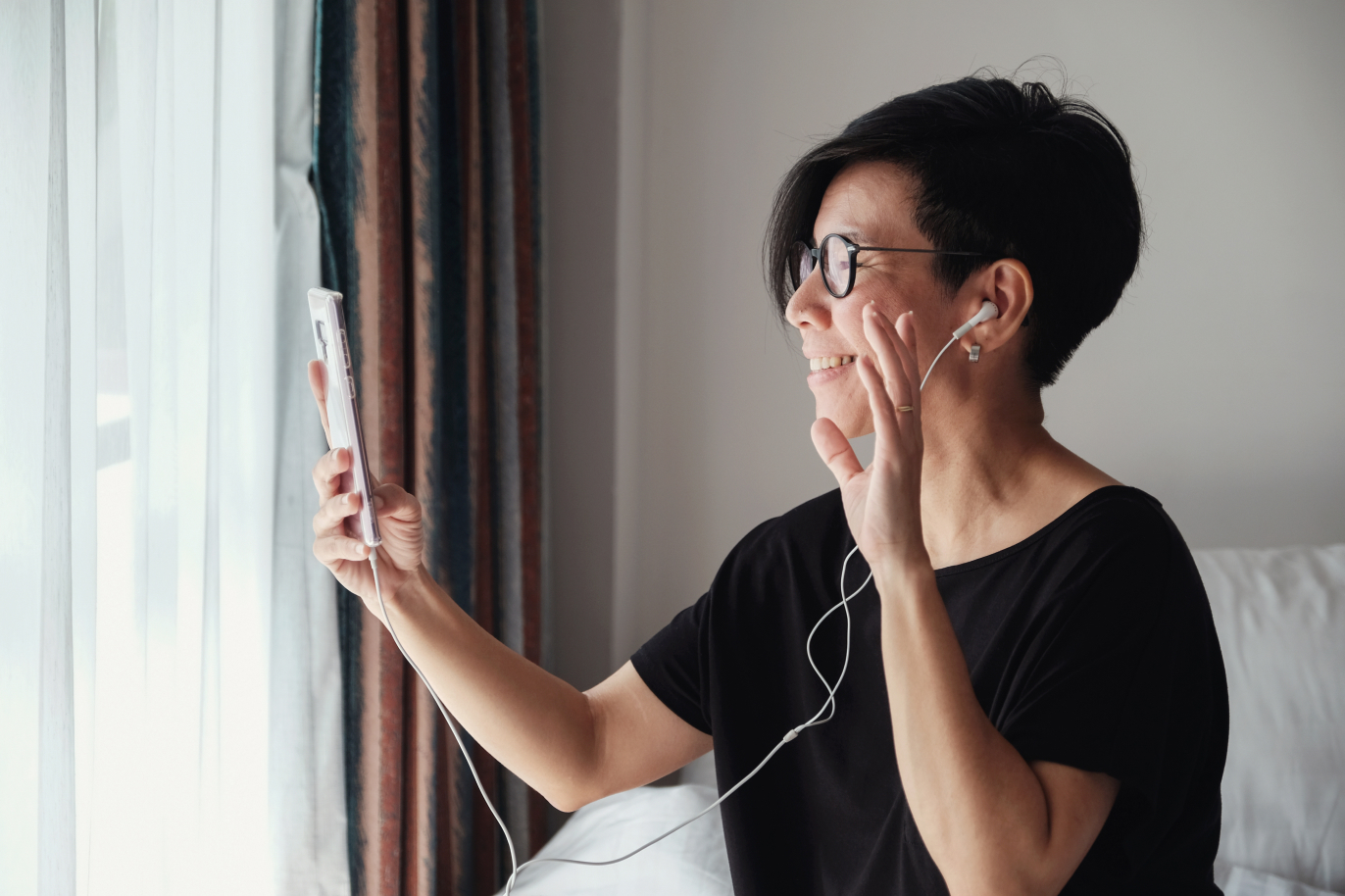As cities in North America observe social distancing, time spent mostly at home is becoming the new normal. With this sudden change in routine, it’s important to prepare for some new and different circumstances. We want to help you understand some key considerations everyone should keep in mind during this transition—with respect to your health and your day-to-day.
Social distancing, self-quarantine, or isolation?
Social distancing is advised for everyone right now. It’s the deliberate act of increasing the physical space between people to avoid spreading illness. Think at least six feet away from other people. This means working from home, connecting with friends and family virtually instead of in person, and switching to online classes at school.
Self-quarantine is a 14-day isolation period for people who may have been exposed to COVID-19. This applies to anyone who has recently returned from travel. This means stay home, stay at least 6 feet away from everyone, and practice good hand hygiene and surface disinfecting.
Isolation applies to anyone who has COVID-19. Isolation can take place at home or at a hospital or care facility.
Why is it so important to #stayhome?
Staying at home is critical in flattening the curve. The “curve” is the projected number of new COVID-19 cases over a certain period of time. We can greatly reduce the number of new cases by limiting our contact with others through social distancing. When we flatten the curve, we stagger the number of new cases over a longer period of time, giving more people access to care.
Life
What is an essential service?
Essential services are services that, if interrupted, would endanger the life, health, or personal safety of the population. Even during a city-wide shutdown, essential services are not likely to close. However, these services are regional, so check your local government policies for a full list.
How often should I go to the grocery store?
Grocery stores are staying open and most grocery and meal delivery services are still available. Many restaurants are still providing takeout or delivery. If you need to go to the grocery store, try to go early in the morning when fewer people are in the store. Some grocery stores are limiting the number of shoppers they let in at one time.
Can I take public transportation?
Infectious disease specialist Dr. Isaac Bogoch says that public transportation is safe and transmission is low. If public transportation is still operating and you choose to take it, make sure you practice impeccable hand hygiene. Wash your hands with soap and water or use alcohol-based hand sanitizer immediately after you exit the system. Don’t touch your face at any point during your journey.
What’s open? What’s closed?
Places of leisure, such as shops, bars, salons, and gyms will be closed, as will schools and public services like libraries and recreation centers. You’ll still have access to essential services, and most restaurants will be open—but only for takeout or delivery.
Remember that every region is different. We recommend checking your local government websites to see what’s open and what’s not.
Health
What appointments do I keep? What do I reschedule?
It’s best to reschedule a doctor’s appointment if it’s routine or non-urgent, like a physical or a well-visit appointment. Consider calling your doctor’s office to see if they’ll do the appointment by video or over the phone. Your care provider will have a contingency plan if you are being seen regularly for cancer treatments, pregnancy care, or difficult-to-control lung disease.
What if I need to see a doctor?
There are many COVID-19 screening and self-assessment tools available online and through virtual care visits. Many primary care physicians are starting to offer video or phone call visits as well, so double-check if yours is one of them. You can also find screening, testing and virtual care options right in your League app.
Remember that you can always chat live with Health Concierge if you have any other health concerns. Our team of health professionals will take the time to answer your questions, discuss your recent travel and go over your health history to make appropriate recommendations.
We understand these are challenging times. But armed with the right information, you can make the transition seamless. Keep in mind that your League app is packed with resources—and if you have any questions about your coverage, Customer Care is only a few taps away.






